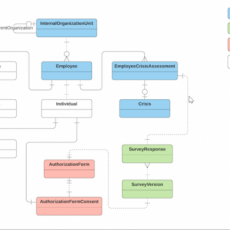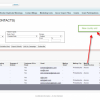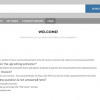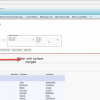In the ’80s and ’90s, I spent much of my career developing solutions within the Chemical Industry supporting vendor-managed inventory (VMI), optimizing inventory and logistics. The technology at the center of these efforts was #telemetry. There were significant issues at both ends of the implementation. The last mile challenges of electric power and limited data transmission options were not insignificant. In the chemical industry, you may have noticed tank farms are in remote locations (for good reasons). At the time, the primary industry focus was internal operational optimization implementing ERP transactional processing systems. Integrating telemetry data into processes and systems was difficult at best. Implementations were built on standalone, manually intensive, and difficult to support solutions. Data integration was accomplished by swivel-chairing data from one system to the next. Certainly not cost-effective and scalable.
So what has changed now to enable this to happen? Digitization which has accelerated recently with the Pandemic, Cloud platforms growth and scalability and modernization of IOT telemetry systems with integration to cloud systems has been a game changer.
Leveraging CRM systems like Salesforce.
Traditional telemetry has been absorbed within the greater #IoT landscape. Many of the last mile issues have been resolved with advancements in solar power and wireless data options. With fears of disintermediation, the industry is pivoting its focus externally. CRM solutions such as #Salesforce make for a flexible platform to build on. Salesforce is ideal for processing information not transactional in nature. Salesforce can act as a backbone leveraging ClicksNotCode; routing events within its various functions, clouds, and features. This flexibility will supercharge agile deployment of nontraditional business processes. These solutions will differentiate relationships, scale efficiently and enable value-added offerings over product alone. Salesforce is also well suited as an internal integration bridge into a transaction processing ERP system; handling traditional transactions such as orders.
Integrate IOT systems with your CRM Systems
In the age of #digitizing within the chemical industry, most are focusing on the obvious order process as they did in the 90’s. The telemetry technology advancements, variety of sensors now available, coupled with analytics and AI power will open a new universe of opportunity digitizing the Industry. IoT has a bright future in #manufacturing and will play a significant role in the Chemical Industry of tomorrow.
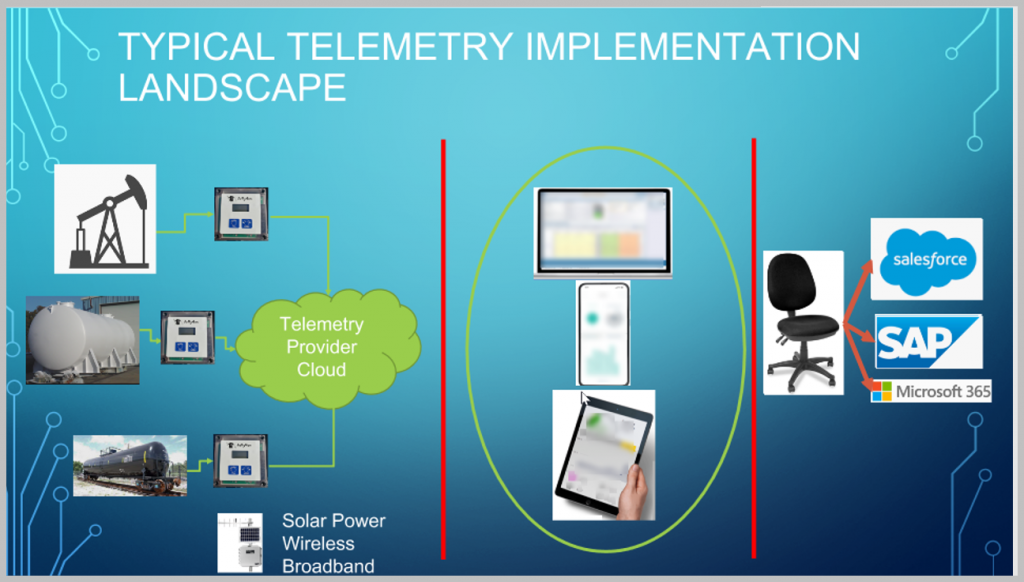
Current State of IOT 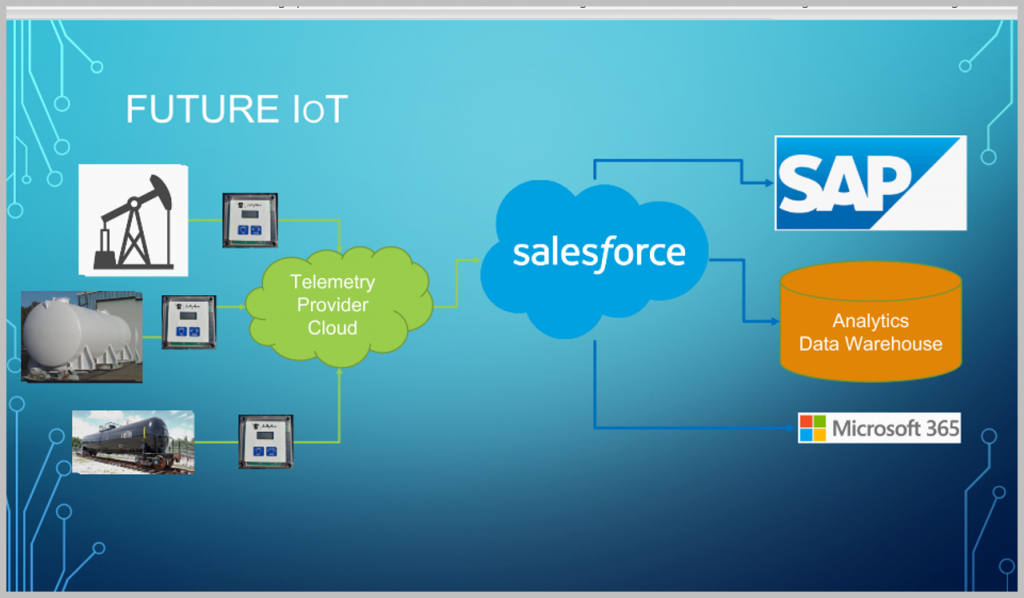
Future state of IOT in your roadmap
As you can see from the system diagrams in Enterprise roadmap, you can IOT systems integrated with your CRM where you can drive engagement activities with your teams.
What can we do now and how do we get started?
Real time Vendor Managed Inventory
A typical chemical manufacturer always has to accommodate for shipping losses in containers during the typical transportation of goods to customers. With IoT-enabled devices, Manufacturers can track real-time cargo shipments along with volumes of chemicals from shipping endpoint to delivery which opens the door for tracking losses and proactively acting on them to reduce the pain for customers.
Digitizing your pumps with proactive data on the state of the pumps in oil rigs, sending signals on issues would be integrated real-time with CRM systems. As part of the integration, cases can be created in Salesforce, and notify support teams on issues will go a long way in bringing proactive service experience for your customers. This can pave the way for future service revenue which brings increased profits with customer delight as your differentiator.
Find a key partner (Customer or Supplier) who is open to engaging in an IoT Proof of Concept (POC). Often these are your most strategic relationships. Limit the POC to a shorter time frame with a one-use case will help in a long way to determine the right IoT solution and complex integration and data issues. Likely you will need to partner with a telemetry provider that can provide and install the sensors, filter the data for events, and most importantly is capable of API integration with Salesforce. Once the data is in your Salesforce system your admin can use standard Salesforce Flow to orchestrate new business processes. Look at the below screenshots for examples of IoT enablement with Salesforce.
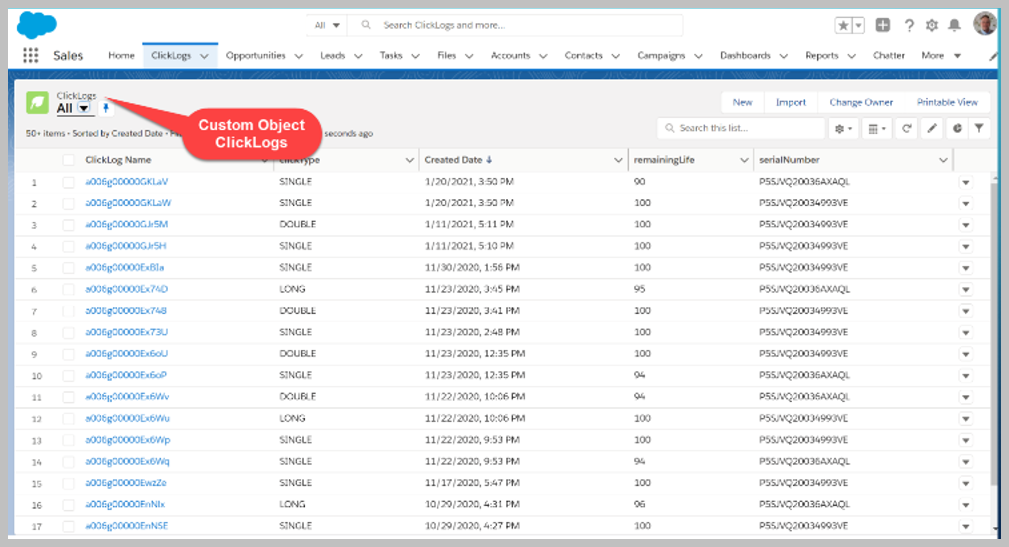
Get IOT data into CRM 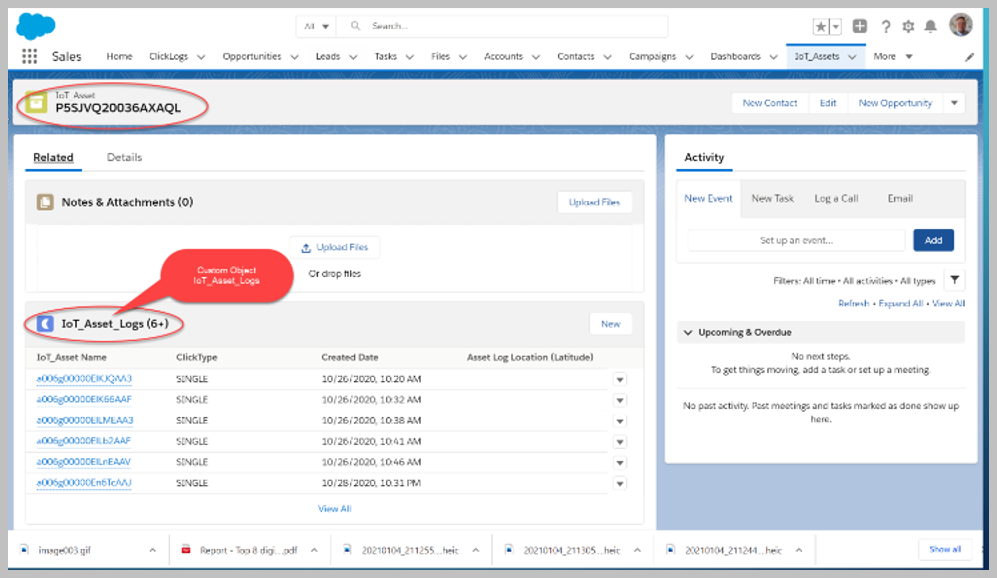
Link it to an Account 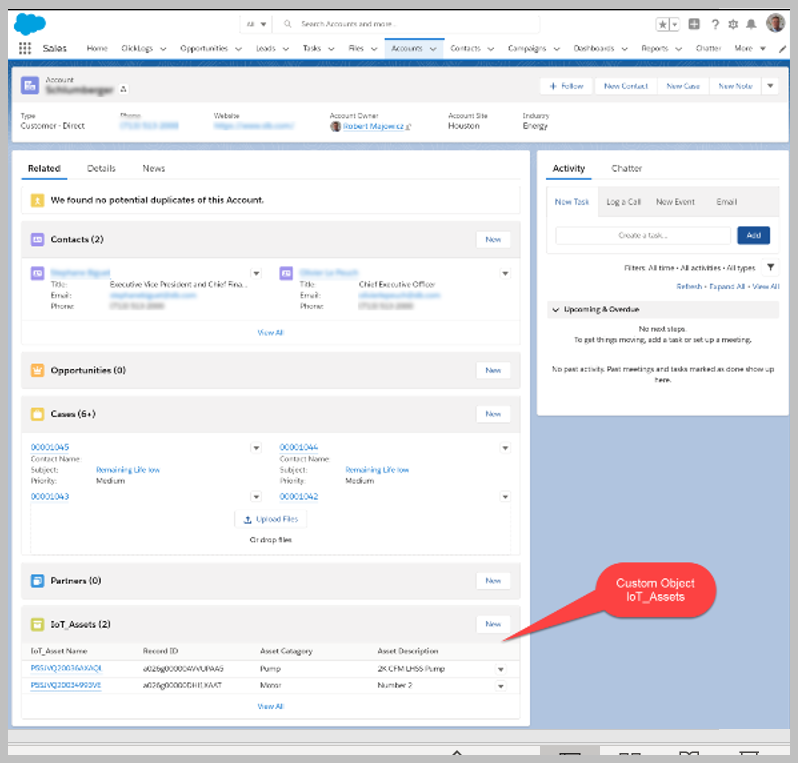
Make it visible to your support and account teams 
Notify teams realtime 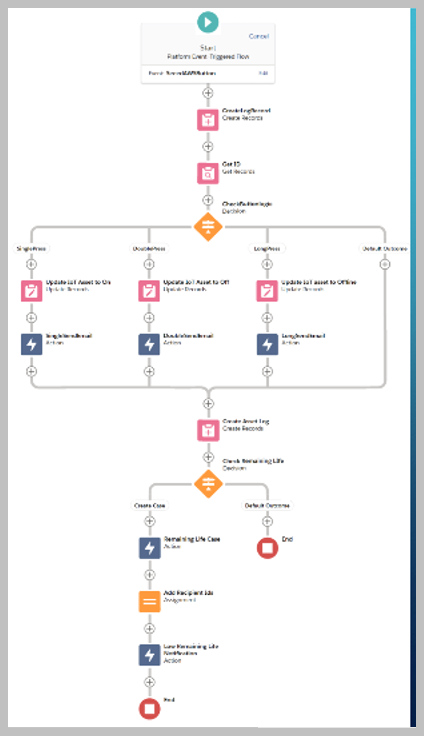
Automate business process with flows
To summarize , here are the 3 things you can do to get started on your proactive service experience journey.
- Identify a POC with a short time frame to validate IOT solution and get quick wins
- Integrate your IOT solution with Salesforce or your CRM system.
- Leverage business process automations capabilties of Salesforce like Flows, process builders to proactively create cases and notify accounts and support teams on issues.
As always, Feel free to post any questions you have or you can email me at buyan@eigenx.com to discuss further.
Please subscribe
Subscribe to our mailing list and get tips to maximize salesforce to your email inbox.
I am honored to have your subscription. Stay tuned for tips to maximize your salesforce investment
Something went wrong.
